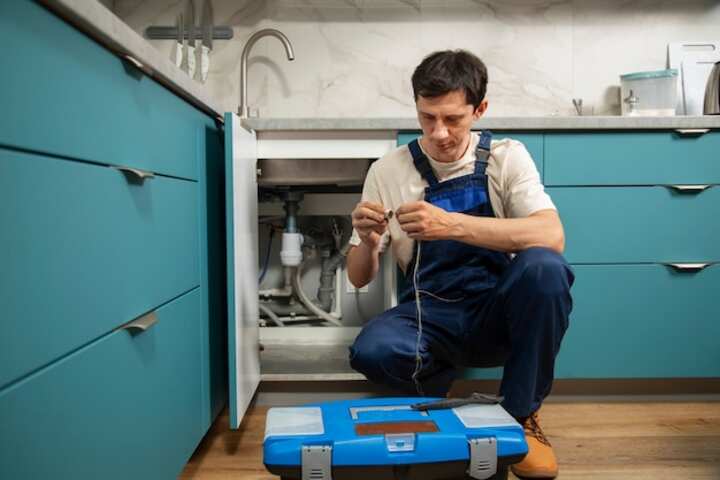
Enhance Your Homes Stability with Foundation Underpinning Services
Foundation underpinning is a critical process in maintaining the stability and integrity of your home. As structures age and environmental conditions change, the foundation of a building may weaken or become unstable. This can lead to structural issues, such as cracks in walls, uneven floors, or even more severe damage. Utilizing foundation underpinning services can effectively address these issues, enhancing the durability and safety of your home. This article delves into the necessity, methods, and benefits of foundation underpinning, providing you with comprehensive insights into maintaining your home's foundation.
Understanding Foundation Underpinning
Foundation underpinning involves strengthening and stabilizing the foundation of an existing structure. This is typically necessary when the original foundation is unable to support the weight of the building or when changes in soil conditions threaten the structure's stability. The process can also be beneficial when a building is being renovated or expanded.
Common Reasons for Foundation Underpinning
- Weak or unstable soil conditions.
- Natural disasters such as earthquakes or floods.
- Construction errors or substandard materials used in the original foundation.
- Additional weight from renovations or extensions.
Learn more in this detailed guide on why foundation underpinning might be necessary for your home by visiting this link.
Methods of Foundation Underpinning
There are several methods of underpinning, each suited to different situations and types of structures. Understanding these methods can help homeowners choose the most appropriate solution for their specific needs.
Mass Concrete Underpinning
This traditional method involves excavating sections beneath the existing foundation and filling them with concrete to extend the foundation to a stable layer of soil.
Beam and Base Method
In this technique, a reinforced concrete beam is placed underneath the existing foundation to transfer the building’s load to the new beam and base system.
Mini-Piled Underpinning
This is suitable for sites with variable ground conditions or where access is restricted. Mini-piles are driven into the ground to depths of up to 15 meters to provide additional support.
Explore further insights here on the various underpinning methods by visiting this resource.
Benefits of Foundation Underpinning
Investing in foundation underpinning services can offer numerous advantages for homeowners, ensuring long-term stability and peace of mind.
- Increased structural stability and safety.
- Prevention of further damage to the building.
- Enhanced property value due to a stable foundation.
- Potential reduction in insurance premiums.
Find additional information here on how foundation underpinning can benefit your home by checking this page.
Choosing the Right Service Provider
Selecting a qualified and experienced service provider is crucial to ensure the success of your underpinning project. Consider the following criteria:
- Proven experience and expertise in foundation underpinning.
- Positive customer reviews and testimonials. Check out customer reviews here.
- Proper licensing and insurance coverage.
- Transparent pricing and clear communication.
Read more about this topic and how to select the right foundation underpinning service by visiting this site.